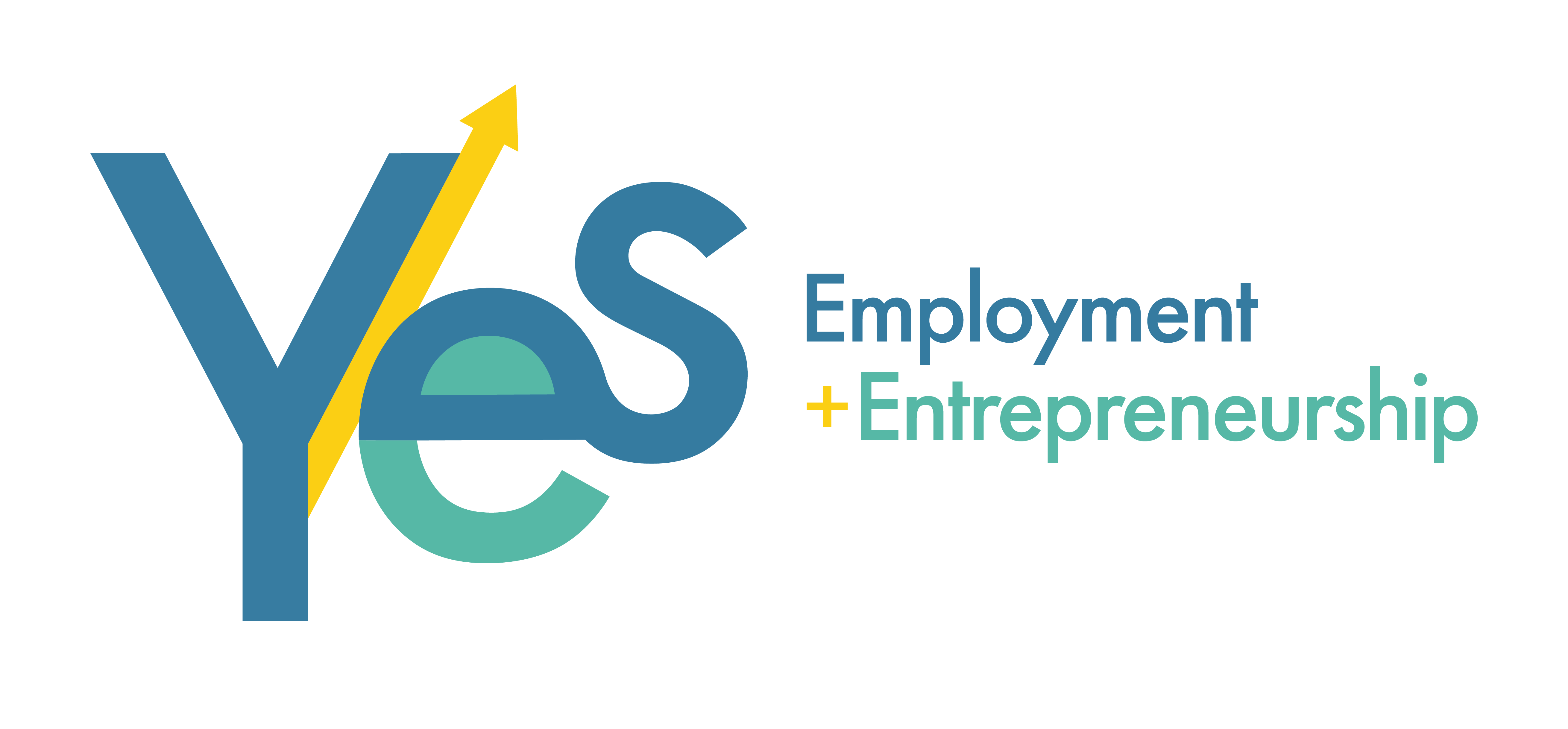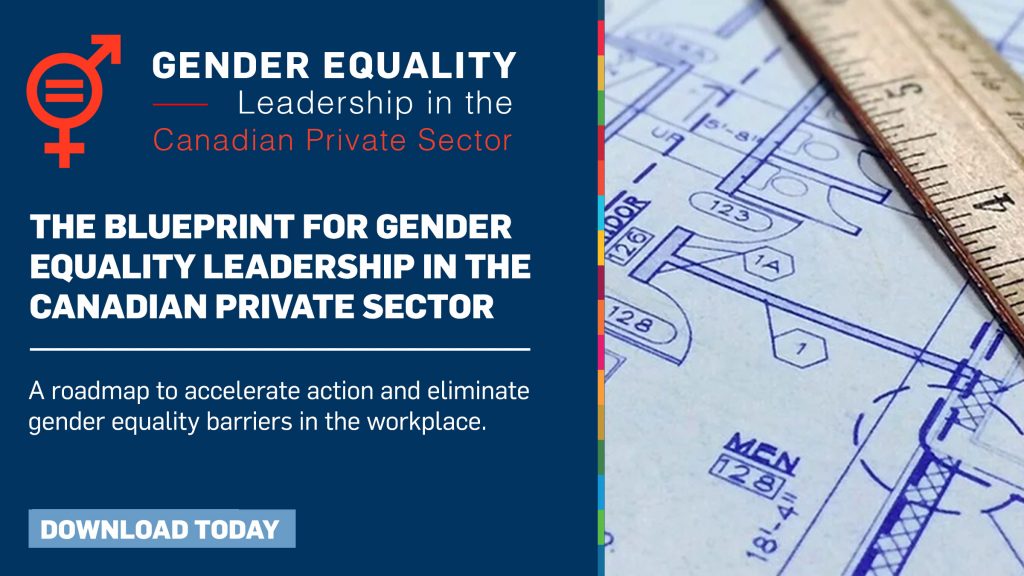Blueprint for Gender Equality
Global Compact Network Canada, the Canadian chapter of the United Nations Global Compact, recently concluded a three-year project, Gender Equality Leadership in the Canadian Private Sector. The project engaged over 20 private sector organizations and advisory partners to develop a set of tools designed to accelerate gender equality progress in Canadian workplaces.
The resulting Blueprint for Gender Equality is a comprehensive, actionable roadmap with key recommendations and leading best practices designed to guide organizations working to improve gender equality or to learn more about creating inclusive workplaces. The Blueprint website also features a resource database and Maturity Model, a self-assessment tool which works in tandem with the Blueprint to help organizations identify and expand upon ongoing efforts to advance gender equality and uncover new opportunities to achieve systematic change.
To access the Blueprint website, available in both English and French, please click here.
YES’ Advancing Women in STEM initiative, launched in 2017, was created to provide recommendations and test solutions to key challenges compromising women’s retention and access to leadership positions within STEM industries. One of the project’s main objectives was to support a team of “change agents” within select pilot companies as they created internal initiatives to support female employees, and influenced organizational functions and structures that hindered inclusion and equal access to opportunity. Outlined below are the outcomes, lessons learned, and recommendations identified by the leaders from the three piloting companies, GSoft, IC Axon and OneSpan.
Read the full document here. Version française ici.
Progress has been made in gender equality, but this has been slow. According to a 2018 report by the National Girls Collaborative Project, women accounted for 28% of the workforce in science and engineering. That’s to say nothing of other challenges such as wage disparity. There are certainly industry leaders who are women, working to shine a light on how vital a more diverse workforce is in STEM fields, but such women who graduate to senior roles in STEM are few and far between.
What’s the situation in 2020?
Read the full article here
Source: Women Love Tech
Science and gender equality are vital to the world reaching sustainable development goals, and in recent years much has been done to help inspire women and girls to study and work in technical fields. But women continue to be excluded from participating fully, according to the United Nations.
The UN has called on the global community to end this imbalance, and every year holds an International Day of Women in Science to help accomplish this goal.
To mark this year’s (2020) event, here are three facts about women and science, technology, engineering and mathematics (STEM).
Read the full article here
This article is brought to you thanks to the collaboration of The European Sting with the World Economic Forum.
Gender bias in STEM-related subjects and the lack of women has already been adequately recorded and reported. It has also been estimated that closing the gender gap in the STEM field would increase the EU GDP per capita by 0.7–0.9 per cent in 2030 and by 2.2–3.0 per cent in 2050.
A number of complex factors come into play that affect the number of women who choose a career in STEM, and those who leave it soon after.
What can be done about this?
Read the full article here
Source: Forbes
In the absence of clear data about the most effective ways to recruit and retain women in STEM, here are nine strategies to improve gender diversity in the security workforce that organizations should consider trying out.
Read the full article here
Source: Security Intelligence
Attracting women and girls to STEM and providing an environment for them to thrive and progress is a shared responsibility of government, academia, the education system, industry, and the community.
The Women in STEM Decadal Plan, developed by the Australian Academy of Science in collaboration with the Australian Academy of Technology and Engineering, offers a vision and opportunities to 2030 to guide stakeholders as they identify and implement specific actions they must take to build the strongest STEM workforce possible to support Australia’s prosperity.
The opportunity to achieve a transformative, systematic and sustained change in Australia’s STEM sector begins with this plan.
Access the decadal plan here
Source: Australian Academy of Science
- More diverse teams have better long-term performance.
- Yet women still hold only about a quarter of leadership roles.
- We can close this leadership gap with efforts including top-down commitments to gender parity, skills training and family-friendly policies.
Read more here
Source: World Economic Forum
While it may be relatively easy for women to enter the industry, they often stall in lower-level positions, leaving women feeling stagnated in their careers. Companies can, however, improve their gender-diversity efforts and accelerate the number of women entering, advancing and succeeding in the tech industry by implementing sponsorship programs.
Read the full article here
Source: techcrunch.com
• The case for gender equality has been made, but there is a lag to action.
• Companies are under-utilizing technology to achieve gender parity.
• Public policy could put in place the programs that make the difference.
Despite earning the majority of university degrees, women are still outnumbered in positions of power. Find out what three women at the top of their companies are doing to create a pipeline of strong female leaders.
READ THE ARTICLE
Source: World Economic Forum
















